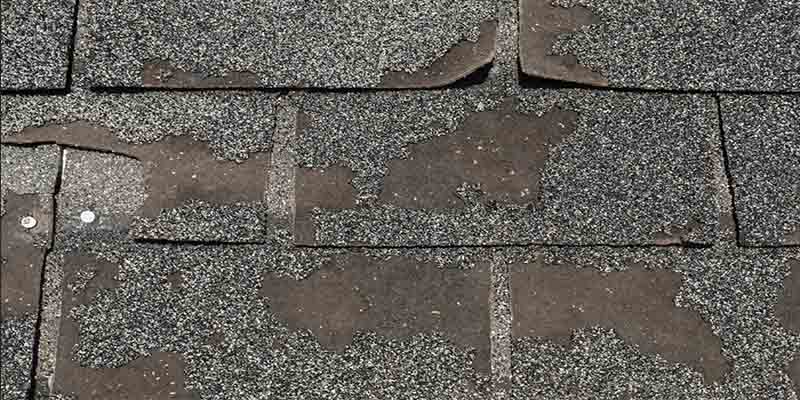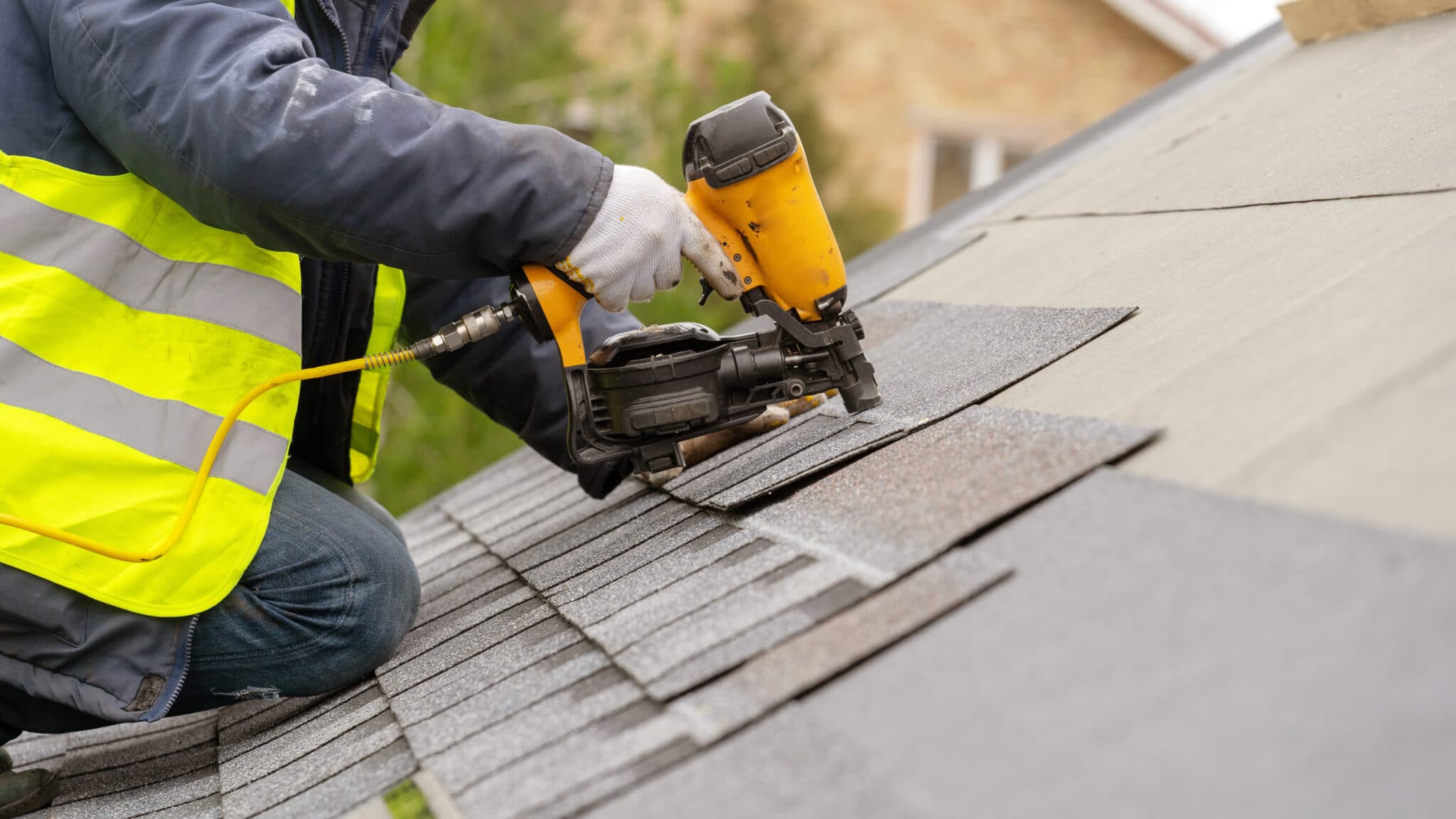Understanding the Different Types of Roof Coverings: A Comprehensive Overview for Homeowners
In the world of homeownership, picking the ideal roofing style is a decision that brings significant implications for both performance and visual appeal. With an array of choices-- varying from the typical gable to the modern flat-- each kind provides special benefits and difficulties that must line up with the homeowner's certain demands and ecological considerations. Comprehending these distinctions not just aids in making an informed choice yet also affects long-lasting maintenance and energy performance. As we check out the intricacies of different roof covering types, it ends up being noticeable that dimension does not fit all; the best choice may shock you.
Saddleback Roof
Gable roofing systems, identified by their triangular form, are among one of the most prominent roof covering designs as a result of their simpleness and efficiency in shedding water and snow. This design includes 2 sloping sides that fulfill at a ridge, enabling efficient water drainage and reducing the threat of water accumulation. The steep pitch commonly related to saddleback roofs improves their capacity to handle hefty precipitation, making them appropriate for numerous climates.
Along with their functional advantages, saddleback roofs provide aesthetic convenience. They can be adjusted to different building styles, from standard to modern homes. The style can likewise fit added features such as dormer windows, which improve all-natural light and air flow in the attic area.
Furthermore, saddleback roofs offer sufficient space for insulation, contributing to energy efficiency. Property owners can select from a variety of roofing materials, consisting of asphalt tiles, steel, and ceramic tiles, better improving customization options.
Regardless of their advantages, gable roof coverings may require additional support in areas prone to high winds or hefty snowfall. On the whole, the gable roofing system continues to be a favored selection because of its blend of capability, resilience, and aesthetic allure.
Apartment Roofs
Flat roofings are commonly identified for their minimalist design and practical applications, particularly in industrial and commercial settings (oahu roofing). These roofings include a horizontal or nearly straight surface, which allows for simple building and versatile space utilization. While they may do not have the aesthetic charm of pitched roofs, level roof coverings provide many benefits, particularly in metropolitan settings where taking full advantage of space is essential
One of the key advantages of flat roofing systems is their access. Home owners can use the roof area for various objectives, such as roof gardens, balconies, or solar panel installments. Additionally, level roof coverings are commonly more affordable to maintain and install contrasted to their sloped counterparts, as they require fewer products and labor.
Common materials made use of for flat roofing systems include built-up roof (BUR), modified asphalt, and single-ply membrane layers, each offering distinctive advantages. On the whole, flat roofs offer as a adaptable and useful option for lots of property owners and businesses alike.
Hip Roofings
Hip roofings are characterized by their sloped sides that converge on top, creating a ridge. This style stands out from gable roofs, as all four sides of a hip roof covering incline downwards towards the walls, offering a more stable structure. The angle of the inclines can differ, permitting adaptability in building looks and performance.
Among the main benefits read this of hip roofings is their capability to hold up against hefty winds and unfavorable climate condition. The sloped surface areas enable far better water drainage, minimizing the threat of leakages and water damages. Furthermore, hip roof coverings offer raised attic room space, which can be made use of for storage and even exchanged comfortable locations.
Nonetheless, building a hip roofing system can be a lot more pricey and intricate than less complex roofing system kinds, such as saddleback roofs. The extra material and labor included in developing the slopes and guaranteeing appropriate structural honesty explanation can result in higher expenditures. In spite of these disadvantages, many home owners favor hip roof coverings for their longevity, visual charm, and potential for energy performance.
Mansard Roofings
Mansard roofing systems, often recognized by their distinct four-sided style, feature two slopes on each side, with the lower slope being steeper than the upper. This building design, originating from France in the 17th century, is not just aesthetically enticing however useful, as it maximizes the functional space in the top floors of a structure. The steep lower incline enables more headroom, making it an optimal choice for lofts or attics, which can be converted right into living rooms.
Mansard roofings are characterized by their convenience, accommodating various building styles, from traditional to contemporary. They can be created with various materials, consisting of asphalt roof shingles, slate, or steel, giving house owners with a variety of choices to match their choices and spending plans. In addition, the style permits the assimilation of dormer home windows, improving natural light and air flow in the top levels.
However, it is important to think about the potential drawbacks. Mansard roof coverings may need more upkeep as a result of the intricacy of their design, and their high inclines can be testing for snow and rain overflow. Generally, mansard roofs combine sophistication with functionality, making them a preferred selection among home owners looking for unique architectural functions.
Dropped Roofing Systems
As property owners progressively look for simplicity and performance in their architectural designs, dropped roof coverings have actually emerged as a popular selection. Identified by a single sloping aircraft, a shed roof presents a minimalist visual that enhances different home designs, from modern to rustic.
Among the main advantages of a shed roofing system is its straightforward construction, which frequently translates to reduce labor and product prices. This layout enables effective water drain, minimizing the threat of leakages and water damage. Additionally, the vertical incline gives ample space for skylights, boosting all-natural light within the inside.
Lost roofing systems Source additionally offer versatility in regards to use. They can be efficiently incorporated right into enhancements, garages, or exterior structures like pavilions and sheds. Additionally, this roofing system style can accommodate different roof covering products, consisting of steel, asphalt tiles, or also environment-friendly roofings, straightening with environmentally friendly initiatives.
However, it is vital to think about local environment problems, as heavy snow lots may demand changes to the roofing's angle or framework. In general, lost roofing systems provide a functional and aesthetically pleasing option for homeowners wanting to take full advantage of functionality without jeopardizing design.
Final Thought


Gable roof coverings, identified by their triangular shape, are amongst the most prominent roof covering styles due to their simplicity and performance in losing water and snow. oahu roofing. The steep pitch generally linked with gable roof coverings boosts their ability to manage hefty precipitation, making them suitable for various environments
While they might do not have the visual appeal of pitched roofs, flat roofings offer numerous benefits, specifically in urban settings where making the most of room is critical.
